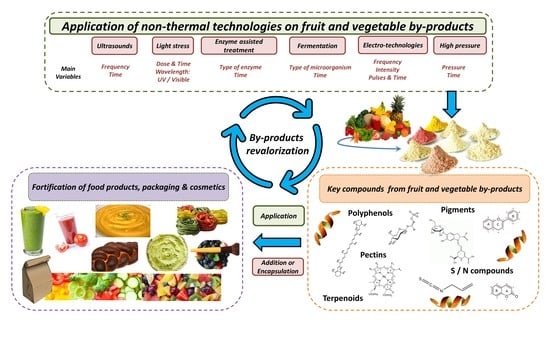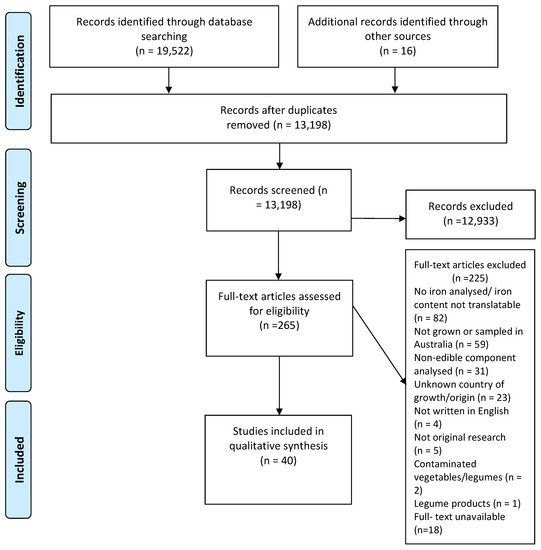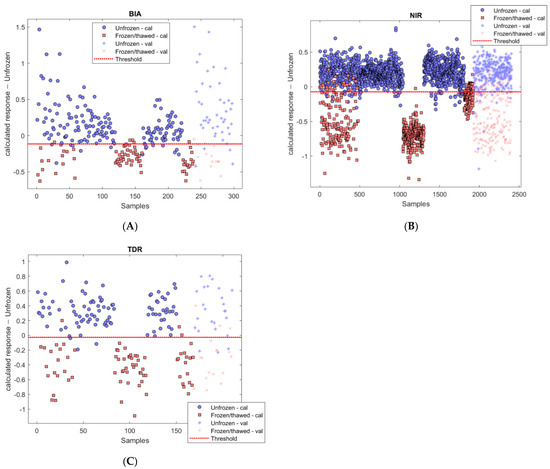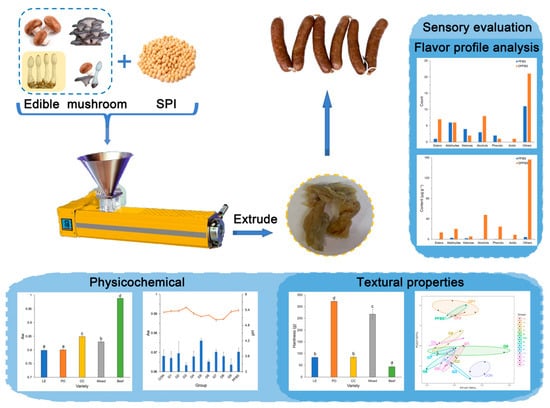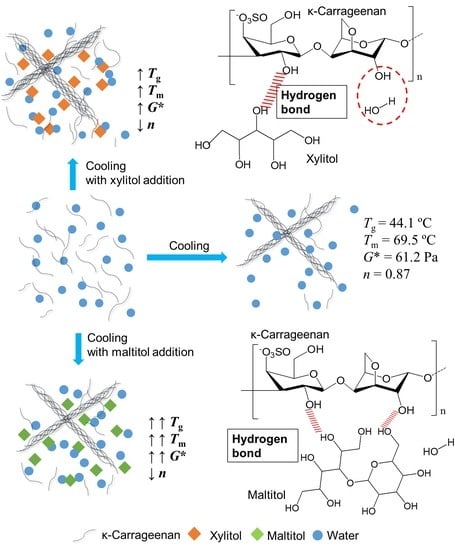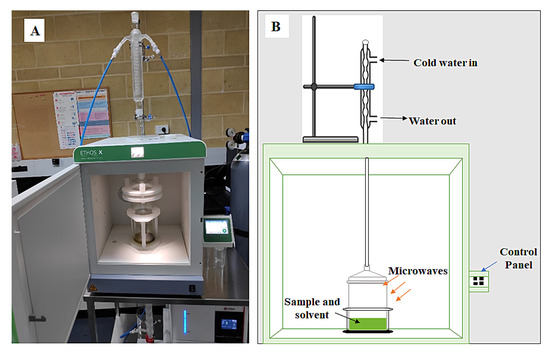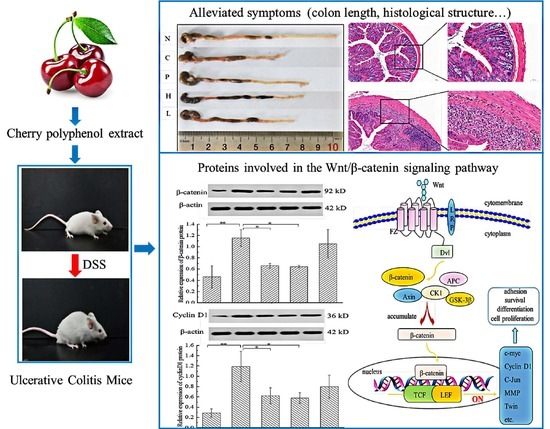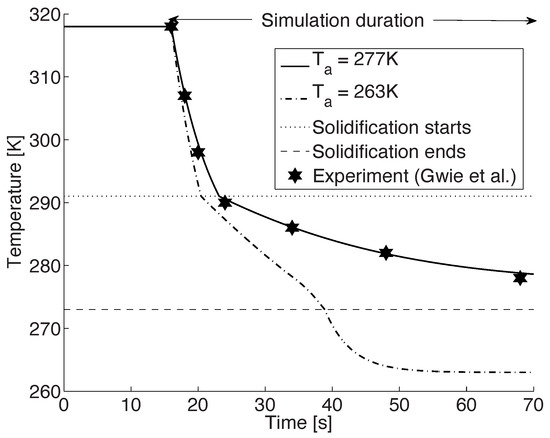Foods 2022, 11(1), 59; https://doi.org/10.3390/foods11010059 - 27 Dec 2021
Cited by 72 | Viewed by 8183
Abstract
The aim of this review is to provide comprehensive information about non-thermal technologies applied in fruit and vegetables (F&V) by-products to enhance their phytochemicals and to obtain pectin. Moreover, the potential use of such compounds for food supplementation will also be of particular
[...] Read more.
The aim of this review is to provide comprehensive information about non-thermal technologies applied in fruit and vegetables (F&V) by-products to enhance their phytochemicals and to obtain pectin. Moreover, the potential use of such compounds for food supplementation will also be of particular interest as a relevant and sustainable strategy to increase functional properties. The thermal instability of bioactive compounds, which induces a reduction of the content, has led to research and development during recent decades of non-thermal innovative technologies to preserve such nutraceuticals. Therefore, ultrasounds, light stresses, enzyme assisted treatment, fermentation, electro-technologies and high pressure, among others, have been developed and improved. Scientific evidence of F&V by-products application in food, pharmacologic and cosmetic products, and packaging materials were also found. Among food applications, it could be mentioned as enriched minimally processed fruits, beverages and purees fortification, healthier and “clean label” bakery and confectionary products, intelligent food packaging, and edible coatings. Future investigations should be focused on the optimization of ‘green’ non-thermal and sustainable-technologies on the F&V by-products’ key compounds for the full-utilization of raw material in the food industry.
Full article
(This article belongs to the Special Issue Thermal and Non-Thermal Treatments to Preserve and Encourage Bioactive Compounds in Fruit and Vegetables Based Products)
►
Show Figures
